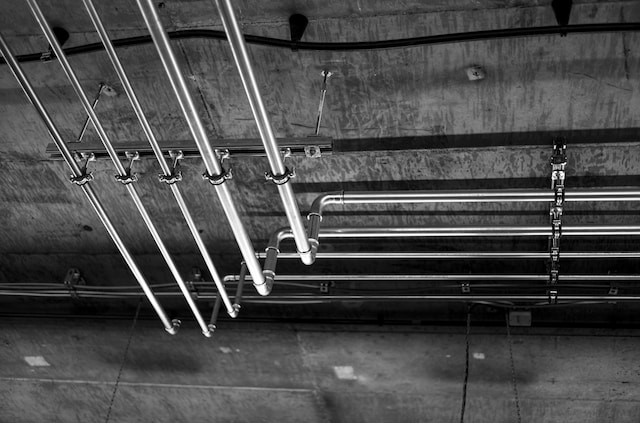Smoke testing helps plumbers discover hidden issues, like cracked fittings or faulty seals. This can save time and money in the long run by preventing future leaks or problems.
During the smoke test, utility crews force odorless, nontoxic smoke into sanitary sewer lines. Residents should prepare their homes by sealing all drains, using plugs or covers designed for each fixture, and pouring water in unused basement and floor drains (at least one gallon) to fill the fixture traps.
Smoke Fluids
Smoke testing allows plumbers to identify leaks and blockages in plumbing systems without tearing up walls or ruining landscaping. The smoke used in this process is odorless, nontoxic, and safe for plants and animals.
Before conducting a smoke test, plumbers will seal up most floor drains and other access points. This includes p-traps, vent stacks, and catch basins. Using plugs designed for each fixture or removing them will cover all visible floor drains to prevent waste from entering the sanitary sewer system.
Additionally, plumbers will use access tools to open and close cleanouts and other access points. These tools may include wrenches, screwdrivers, and specialized cleanout keys. This is important to help ensure a safe and effective smoke test. These tools can also help locate other issues in the plumbing system.
Access Tools
Smoke testing plumbing systems help plumbing experts find faulty seals or improper connections that would otherwise go unnoticed. This allows them to fix the issues quickly before they cause water damage, odors, or other problems that require costly repair services.
To help with the process, plumbers use access tools to open and close cleanouts, drain traps, and vent stacks. They also pour water into unused drains to fill their “traps.” The nontoxic smoke is then forced through the pipes, where it reveals any cracks or defects.
Additionally, a borescope can help to view obstructed areas, like inside a pipe or behind a wall. Plumbing smoke tests are often completed in the summer when groundwater is lower, allowing for a more accurate and efficient test.
Plugs or Covers
While caps and plugs may seem insignificant, they help protect pipes from damage. These small pieces fit over different pipe openings, fittings, and fixtures. When selecting a plug, consider its intended use and the pressure level it needs to hold.
Blocking, bypass, and air testing plugs are designed to seal off a pipe in various sizes for maintenance and testing purposes. They can also be converted to perform a back-pressure test.
Also, masking plugs can protect sensitive profiles during transportation, storage, and welding. They can be inserted into threaded holes and studs, as well as around welding and electrical contact points. They come in various sizes and materials, with some offering varying temperature tolerances.
Protective Gear
As with any job, there are risks that plumbers must be aware of and protect against. This is why they need to have personal protective equipment (PPE).
Smoke testing can reveal a wide range of issues in your plumbing system, from cracks and leaks in the pipes to dry drain traps where water has evaporated. The method is non-invasive and helps plumbers find the source of a sewer odor without tearing walls apart or ruining landscaping.
Homeowners should be encouraged to keep their windows open during a smoke test that lasts up to 15 minutes. The smoke is harmless and should not enter homes, but if it does, homeowners should alert the crew immediately. Eye protection: eye goggles are essential for preventing eye damage from dust and debris.
Inspection
The process forces nontoxic smoke through waste and drain pipes under pressure to find leaks. Plumes of smoke indicate where sewer gases (typically with a rotten egg scent) are likely to escape, including broken pipes, faulty connections, open valves, or other problems.
Smoke testing can detect roof leaders, driveway and yard drains connected to the sanitary sewer system, open or dry drain traps, and other problems that cause wastewater inflow into buildings and neighborhoods. The city crew that performs the tests will not enter residents’ homes during the test. Residents are encouraged to run water faucets in unused sinks, tubs, and drains for a few seconds to fill fixture traps and pour at least a gallon of water into basement floor drains to prevent smoke from entering their homes.




